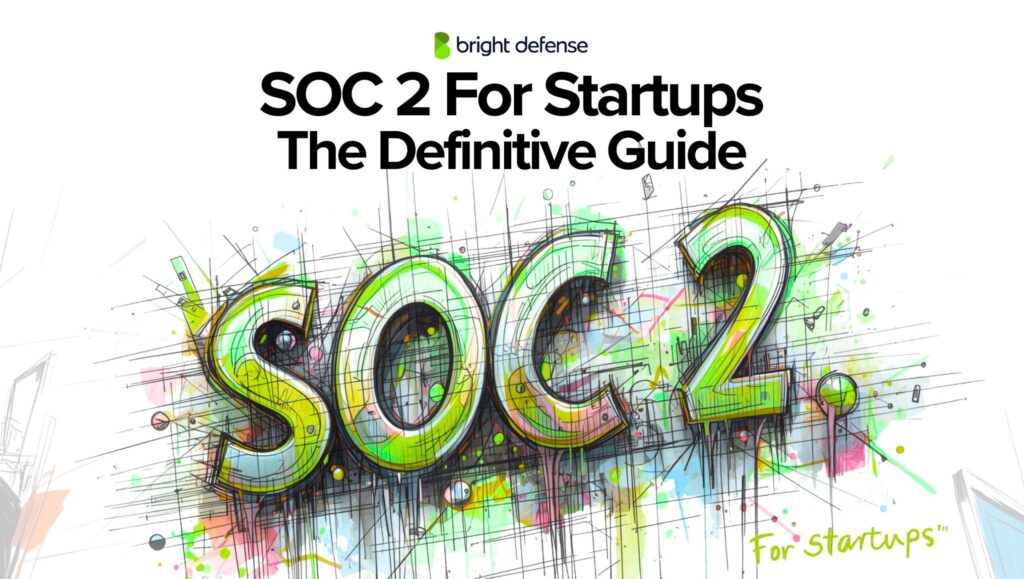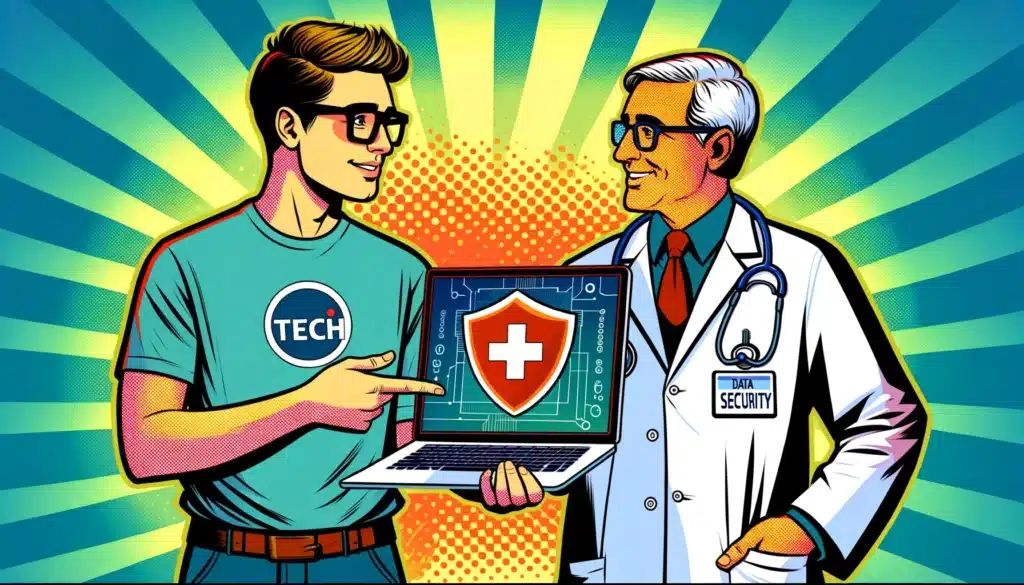Resources
Drata vs. Secureframe: A Comprehensive Comparison
Introduction Drata and Secureframe are both leaders in the compliance automation space. Their solutions are designed to navigate the complexities of cybersecurity compliance, making adhering to industry standards simpler and more efficient. As businesses increasingly prioritize compliance automation, Drata vs. Secureframe is a common comparison. This comparative analysis highlights these two leading platforms’ unique features,…
Read MoreCompliance Gap Analysis for SMBs
Small to medium-sized businesses (SMBs) are increasingly subject to the same cybersecurity threats and regulatory requirements as larger corporations. In fact, 43% of cybersecurity attacks are aimed at SMBs. Compliance frameworks like SOC 2, ISO 27001, HIPAA, and CMMC are essential for securing sensitive information, maintaining customer trust, and avoiding legal penalties. A thorough compliance…
Read MoreSOC 2 Type 1 vs. Type 2 Compliance
Establishing and maintaining customer trust is paramount for organizations across all sectors, particularly those handling sensitive information. This is where SOC 2, a framework developed by the American Institute of Certified Public Accountants (AICPA), comes into play. It offers a comprehensive guideline for data protection. Organizations looking to demonstrate their commitment to data security often…
Read MoreSOC 2 For Startups: The Definitive Guide
Establishing trust with customers and stakeholders is crucial for startups. One significant milestone in this trust-building journey is achieving SOC 2 compliance. 60% of companies prefer to work with a startup that has achieved SOC 2. Additionally, 70% of venture capitalists prefer to invest in a startup that has achieved SOC 2. This comprehensive guide aims to demystify SOC…
Read MorePCI DSS 4.0: Understanding the Changes From 3.2.1
Introduction The Payment Card Industry Data Security Standard (PCI DSS 4.0) helps ensure the protection of cardholder data globally. This article highlights the significant leap from PCI DSS version 3.2.1 to version 4.0. It highlights the advancements and adaptations necessitated by the ever-changing cyber landscape. The PCI Security Standards Council officially released PCI DSS 4.0…
Read MoreUnlocking Information Security for Small Businesses: A Guide to NIST IR 7621
In today’s digital age, safeguarding your small business’s information is as crucial as locking your doors at night. With cyber threats evolving at an alarming rate, protecting your data, assets, and reputation requires more than just hope—it demands action. Enter the National Institute of Standards and Technology (NIST) Interagency Report (IR) 7621, a beacon for…
Read MoreWhat is GRC in Cybersecurity? Why It Matters in 2025!
GRC in cybersecurity stands for Governance, Risk, and Compliance. It is a framework that helps organizations manage their cybersecurity efforts efficiently. Governance focuses on keeping policies, processes, and roles consistent with the organization’s goals. Risk management involves identifying, addressing, and reducing cyber threats to minimize harm. Compliance focuses on adhering to laws, regulations, and industry…
Read MoreCMMC Scoping Guide: A Strategic Approach to Certification
The Cybersecurity Maturity Model Certification (CMMC) framework is essential for organizations within the Defense Industrial Base (DIB) to protect Controlled Unclassified Information (CUI). A critical component of this framework is scoping, which defines the boundaries of an organization’s cybersecurity assessment. This blog provides an overview of CMMC, delves into the intricacies of the Scoping Guide,…
Read MoreHow to Become SOC 2 Compliant
Introduction With data being a company’s most important and valuable resource, security and privacy of customer data have become paramount. This is where SOC 2 certification steps in, playing a crucial role in ensuring that organizations manage customer data with the highest standards of security and privacy. Aimed primarily at service organizations storing customer data…
Read MoreHIPAA Compliance Automation: A Case Study for HealthTech Companies
The Health Insurance Portability and Accountability Act (HIPAA) is a critical benchmark for protecting patient data in the ever-evolving healthcare landscape. As compliance requirements become more stringent, healthcare providers are turning towards automation as a viable solution to meet these demands. This article delves into the world of HIPAA compliance automation. We’ll guide you through…
Read More








